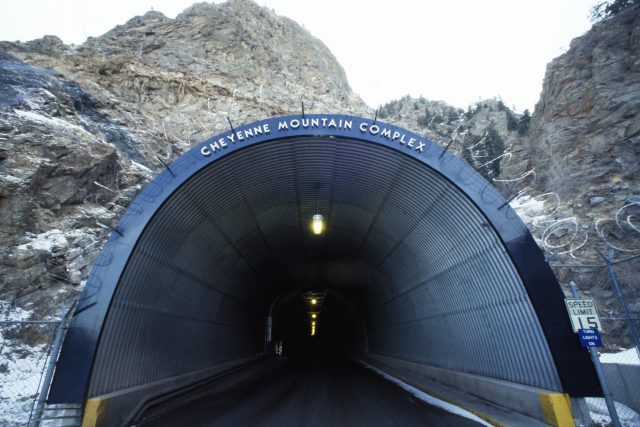Hyperloop Levitation
On Monday, Hyperloop Transportation Technologies (HTT) announced that it had “exclusively licensed” a technology that could help it bring the transit system idea, popularized by SpaceX and Tesla CEO Elon Musk, to fruition.
The licensed technology, called passive magnetic levitation, departs significantly from the system that Musk theorized back in 2013. Musk’s Hyperloop design involves a low-pressure tube through which the system's trains, floating an inch above the track on skis ejecting compressed air, are propelled with the help of a magnetic field created by electricity-fed magnets on the tube’s internal surface.
The HTT technology, on the other hand, is based on passive magnetic levitation, which relies on magnets placed on the underside of the passenger train in a Halbach array—an arrangement that focuses the magnetic field of a set of magnets on one side of the array while canceling out the field on the other side. Those magnetic fields under the train cause it to levitate as it passes over non-powered electromagnetic coils on the rail beneath the train at even low speeds created by an electric motor.







